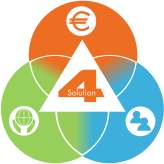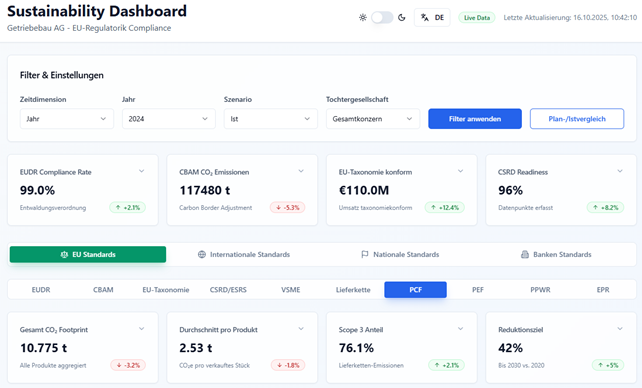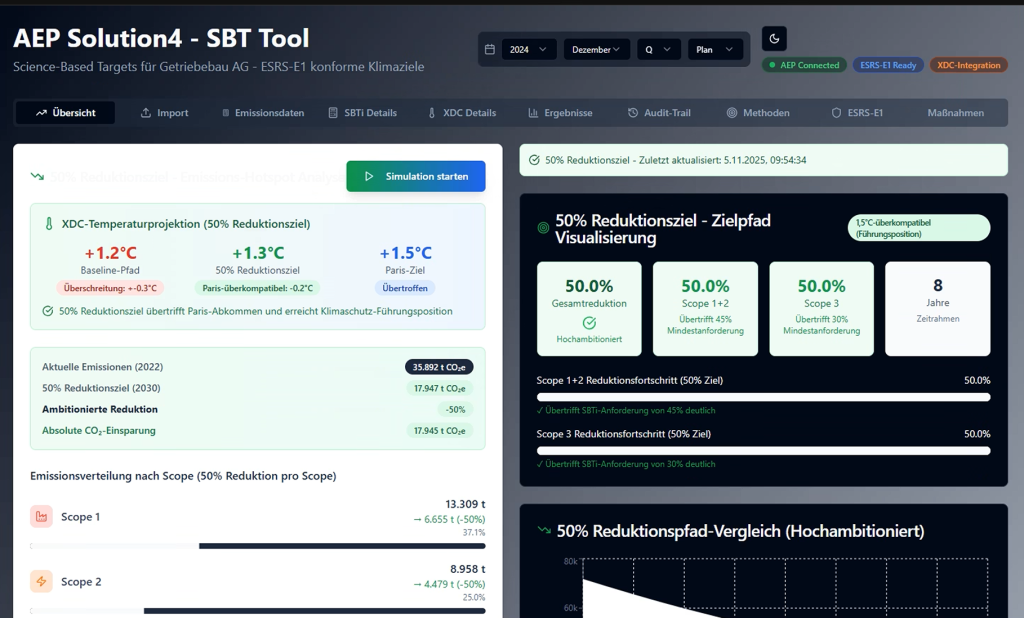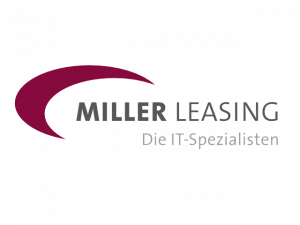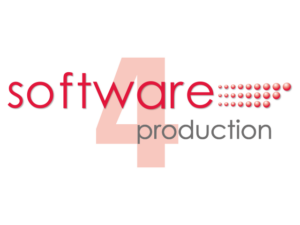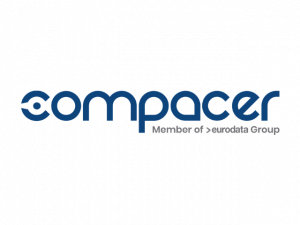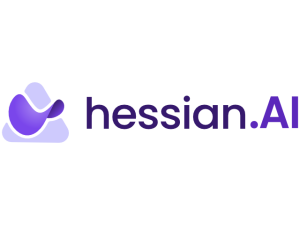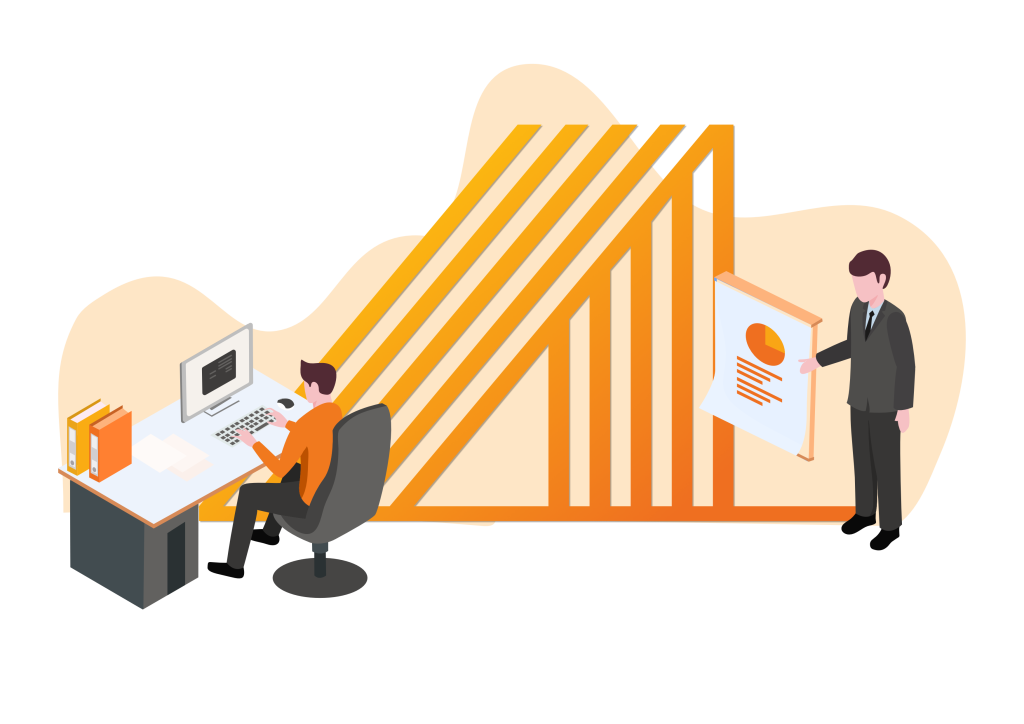
Features of Solution4

Architecture
- multi-layer architecture
- web application
- SaaS or On-Premise
- Back end: Windows- or Linux-Server
- Front end: device-independent – only a current Internet browser is required
- Datenbases: MS SQL-Server, Oracle, PostgreSQL (oder andere)
- Web-Server: Apache Tomcat
- REST-API
Concept
- UI-Design by theme
- modular design and therefore scalable
- All processes at the performance, financial, and ecological levels are interconnected
- multilingual
- multi-client capable
- User authentication
- Integrated rights/role system down to data level
- Time reference: fiscal years, scenarios (actual, plan, simulation, forecast, frozen budget, etc.), flexible periods
- Any, self-defined dimensions
- Many export formats (PDF, CSV, XLS, DOC, PPT, HTML)
- Flexible interfaces to upstream and downstream systems via database access, file exchange or REST services
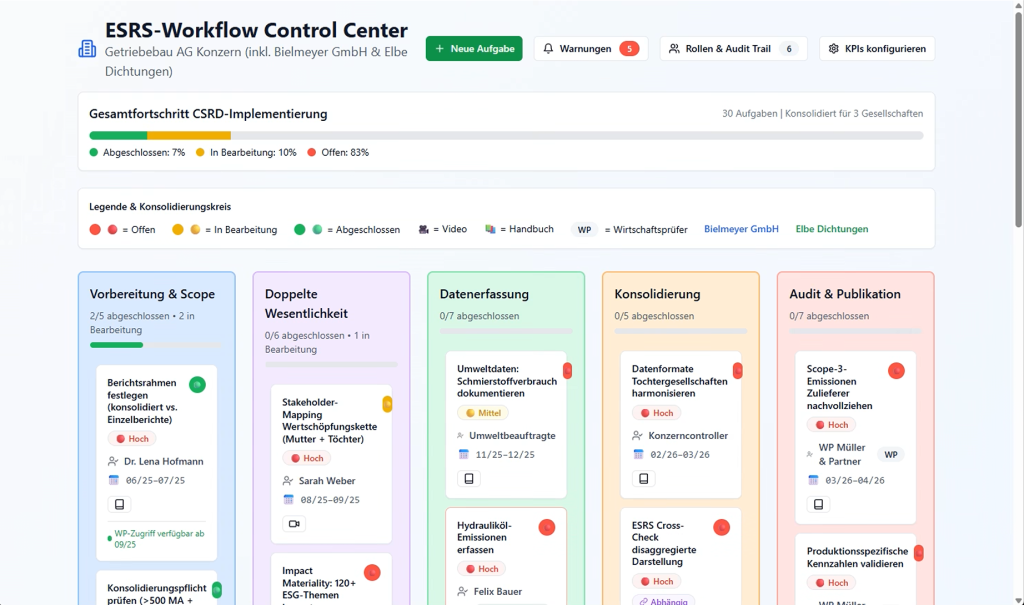
Contents
- Comprehensive, integrated software solution based on the triple bottom line concept
- combines traditional controlling with life cycle assessment
- Global simulation, e.g., to analyze the effects of changes in sales, production, procurement, and prices on various business areas and the environment, thereby obtaining a reliable basis for decision-making regarding investments and strategic measures.
- xP&A (Extended Planning & Analysis): Cost accounting, preliminary/final costing, purchasing/sales, warehousing/logistics, human resources, investments, finance
- Green Controlling (ESG & Sustainability Management): Double Materiality Analysis (DMA), Sustainability Reporting in accordance with EU Regulations (CSRD/ESRS & VSME), Product Compliance (EUDR, CBAM, ESPR), Carbon Footprint Calculation (PCF & PEF), Creation of an ecological footprint
- Analytical Workspace
